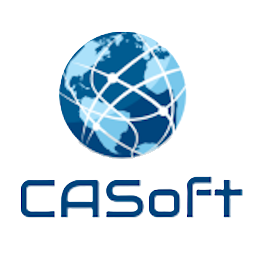Components Based Architecture has been formalised and publicised by UML-RUP more than 10 years ago, and the benefits of this approach are still unknown or…
What is Architecture? What Architecture is not: The Technical Architecture (or Model of Architecture) is the nature of the system. For instance, it could be:…
Are you a Pointy Hair Manager? Think again… Look in a mirror.You run the risk of finding a Dilbert cartoon taped on your door some…
